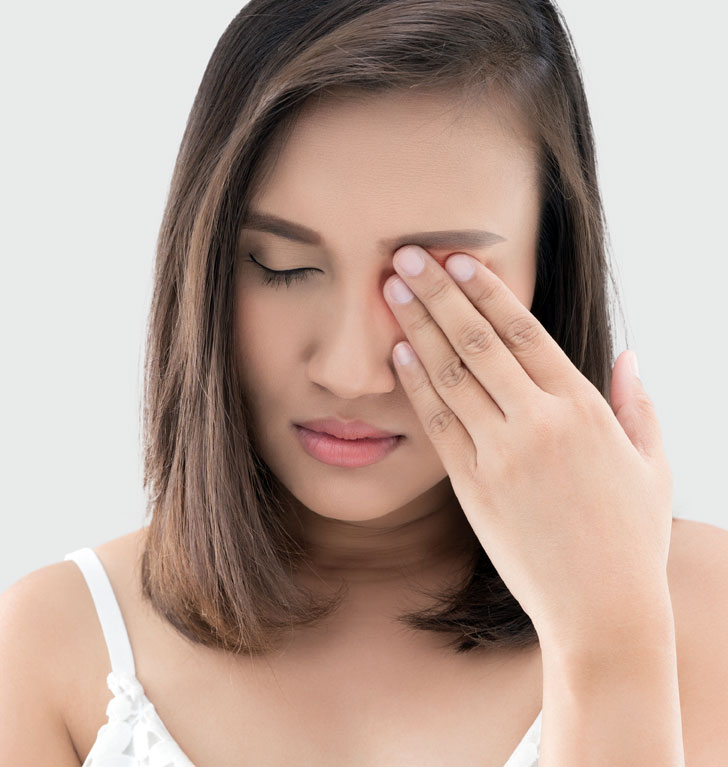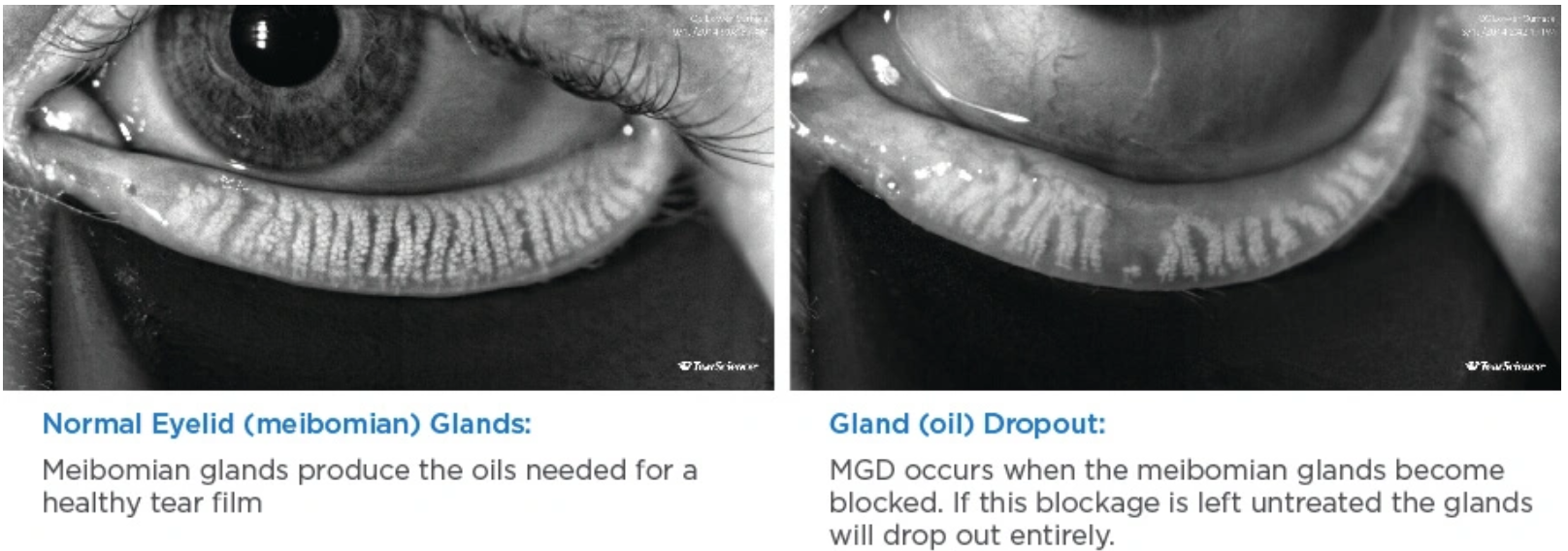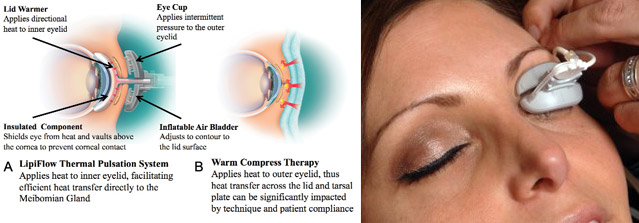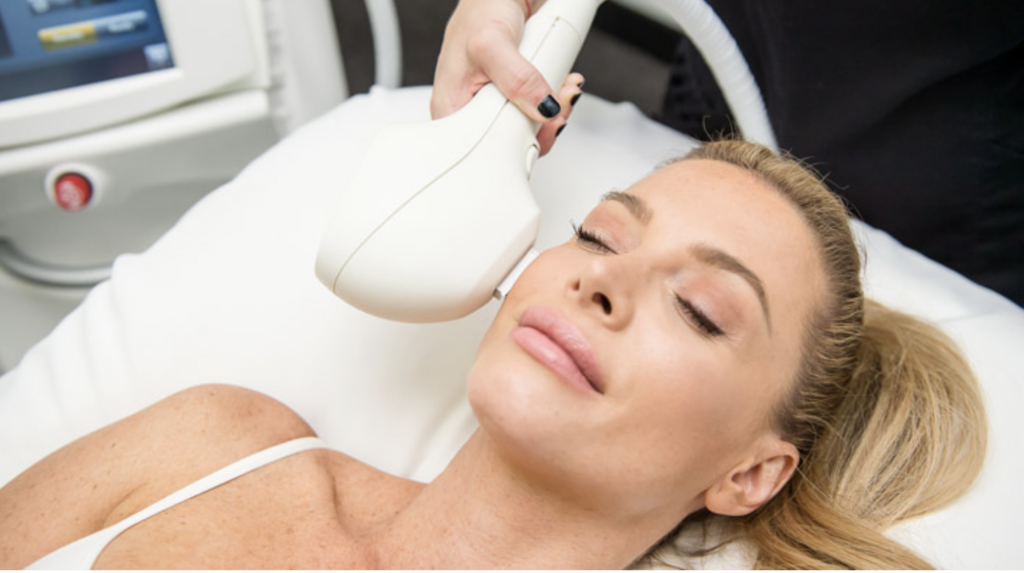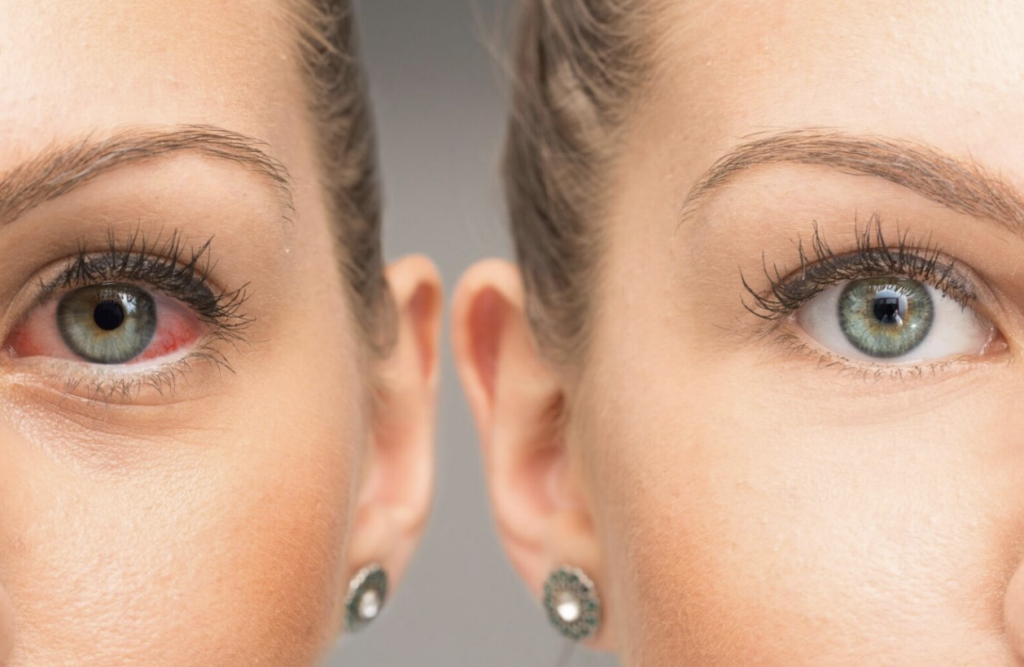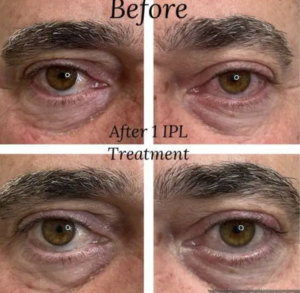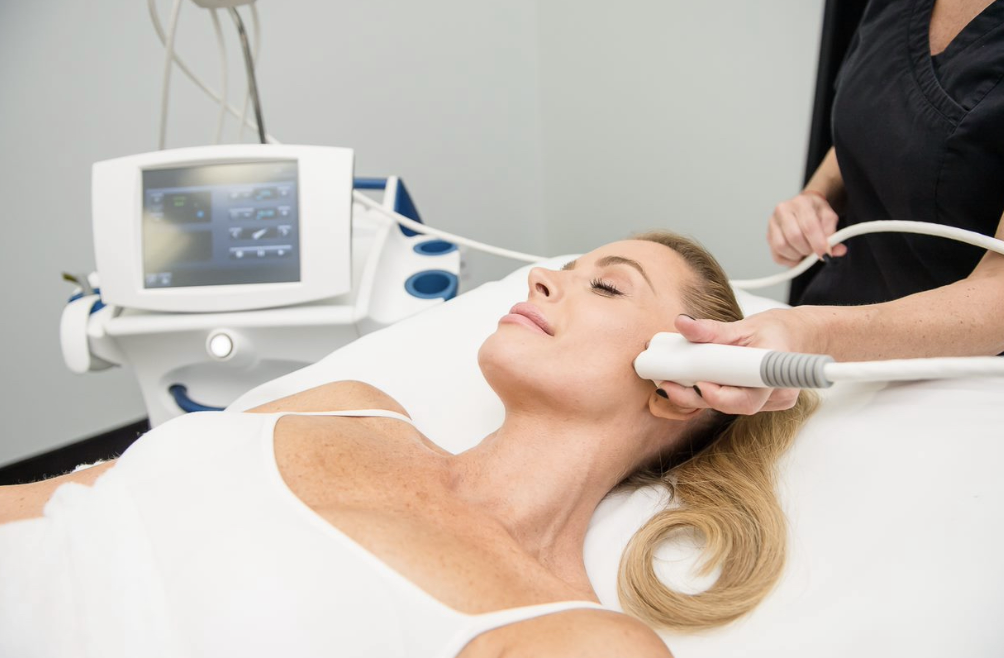Autologous Serum Tears
Autologous serum eye drops (ASEDs) are a treatment for dry eye syndrome made from a patient’s own blood serum, offering a more natural and effective approach compared to artificial tears. These drops contain components similar to natural tears, including vitamins, growth factors, and proteins, which can help heal and lubricate the ocular surface.
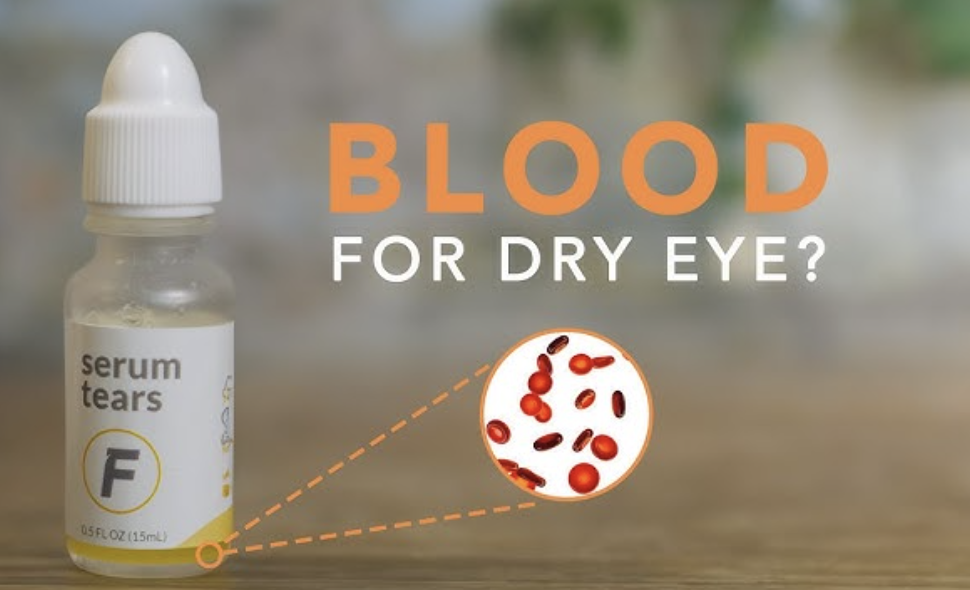
Here’s a more detailed explanation:
What they are:
ASEDs are customized eye drops made from a patient’s blood serum, which is the straw-colored liquid component of blood remaining after clotting.
How they’re made:
Blood is drawn from the patient, allowed to clot, and then centrifuged to separate the serum. The serum is then diluted with a sterile saline solution and stored in vials, often frozen.
Why they’re used:
ASEDs are used to treat dry eye disease, especially in cases where standard artificial tears are not sufficient or for conditions like Sjogren’s Syndrome, severe dry eye disease, post-refractive surgery dryness, or corneal disease.
Benefits:
They can provide relief from dry eye symptoms by supplementing the eye with natural tear components, potentially promoting healing and reducing inflammation.
Cost and Availability:
ASEDs may not be covered by insurance and can be more expensive than artificial tears, but are generally less than $200 for a 90-day supply.
How to obtain them:
Patients typically need a prescription from an ophthalmologist and will need to go to a specialized pharmacy for preparation and dispensing. We have a special compounding pharmacy in Austin that we use for our ASED patients.
 512.263.1113
512.263.1113